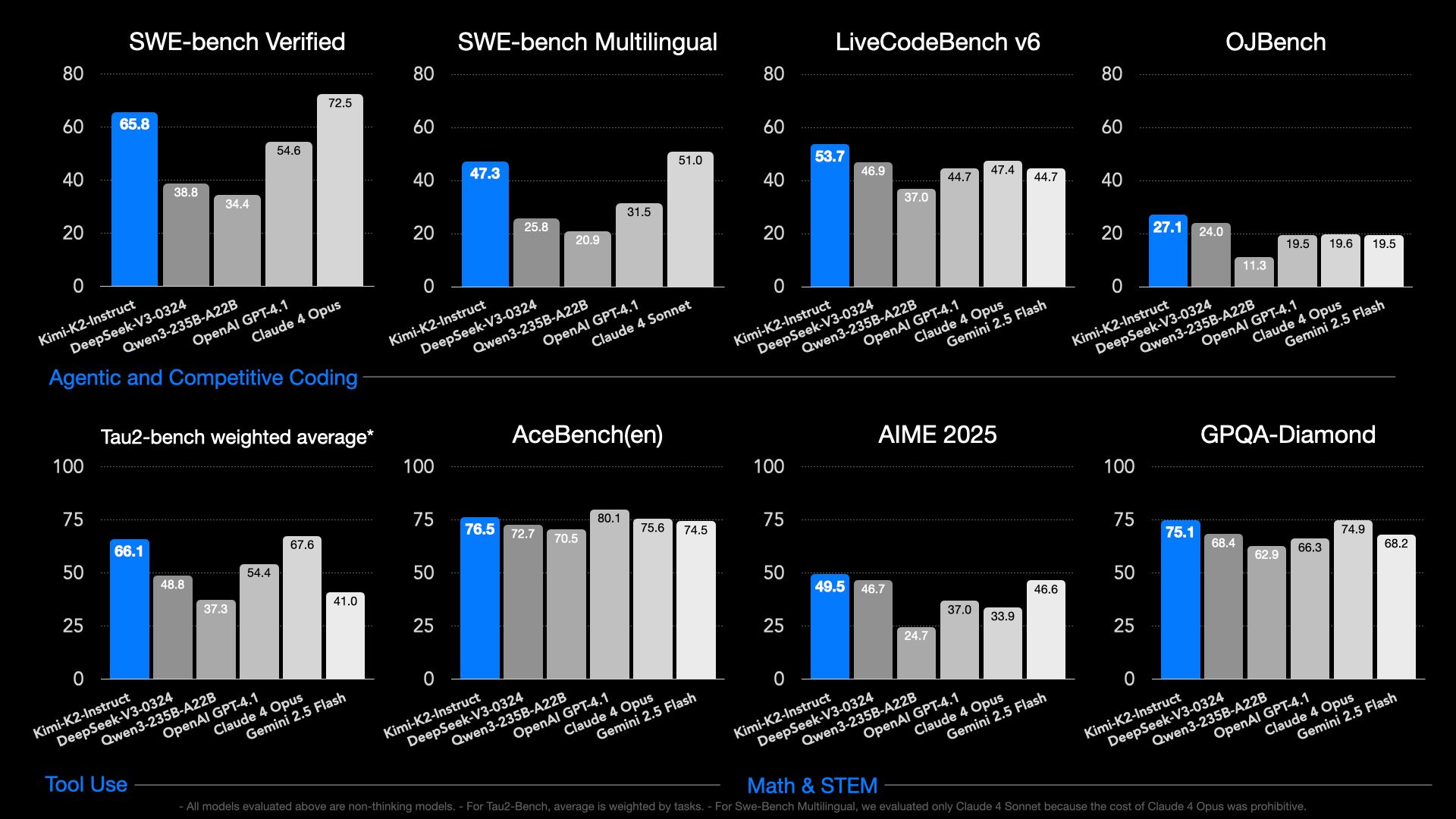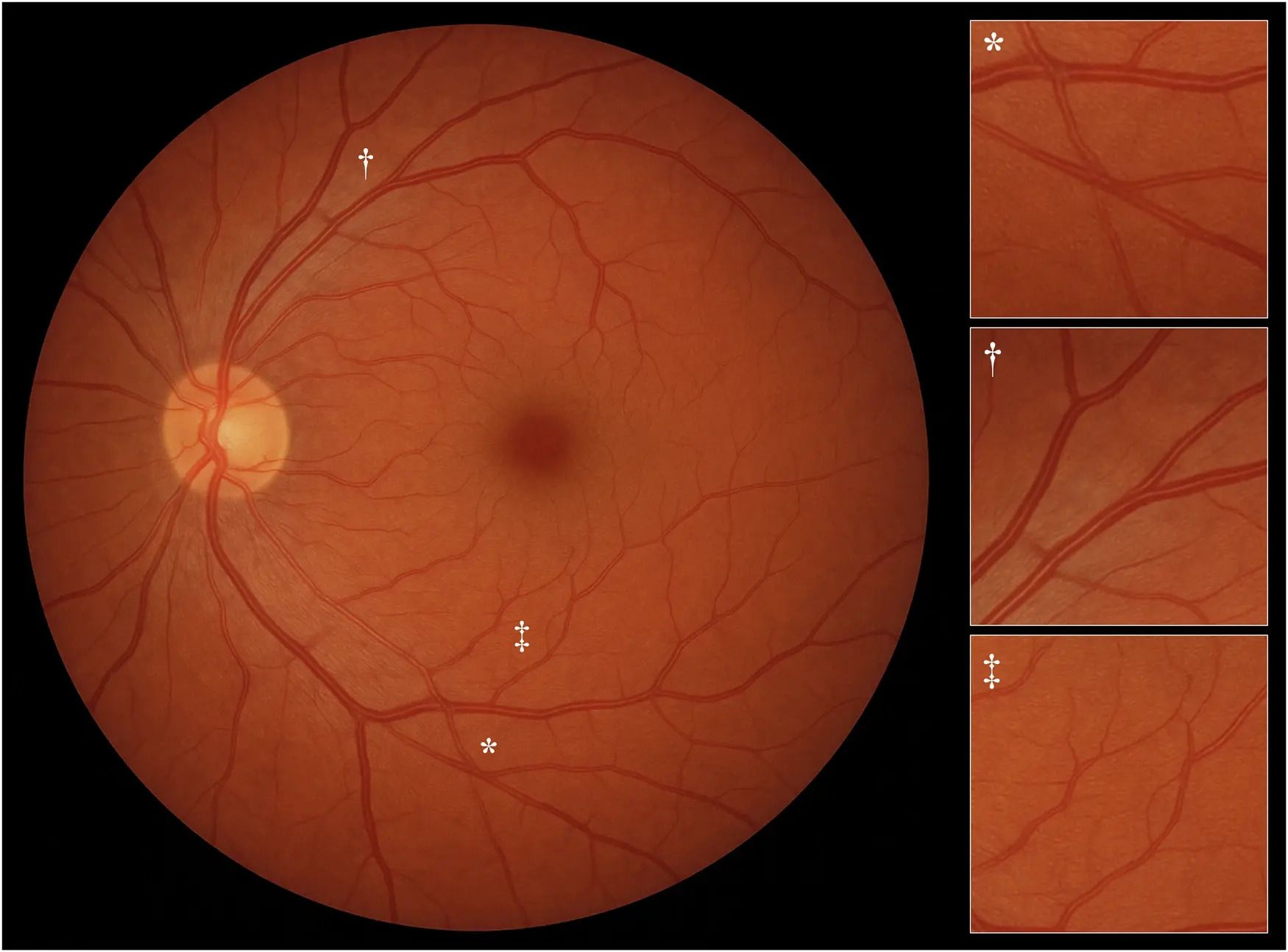- AIPOOOL
- Posts
- AIPOOOL Weekly AI Digest – 20 Apr 2025
AIPOOOL Weekly AI Digest – 20 Apr 2025
AI Rundown: Google’s NotebookLM gets smarter, Meta’s Llama 4 outperforms rivals, Microsoft upgrades Copilot & recreates Quake II, AI reshapes workplace learning, U.S. builds AI hubs, plus top tools, Hugging Face picks & a video-gen breakthrough in layman terms!

Happy Sunday! This is AIPOOOL. The email that tells you what’s going on in Artificial Intelligence space in simple blocks. Get ready to have your mind blown by the sheer power of AI!
In Today’s Email :
🔥AI News Flash: AWS rolls out Nova customization, Roblox boosts teen safety with AI, Meta rejects the EU's AI code, OpenAI launches a personal assistant to control your computer, and DuckDuckGo lets you filter out AI-generated images!
⛏️ Trending Tools: TrendHopper for Blogging, JustSimpleChat for AI Models & many more …
🔰 Quick Grab: Moonshot AI Open-Sources Kimi K2, a Powerful Agentic Model
🎆Creators Corner: Top Picks from Hugging Face: Trending AI Applications You Can't Miss!
🥼 From Lab to Layman: GPT-4o Creates Near-Authentic Retinal Images, Posing New Questions for Medical AI
Browse AI Tools | Instagram | Advertise

AI Happenings You Don’t Want To Miss
✨ Amazon Web Services Announces Amazon Nova Customization
AWS has rolled out a suite of customization capabilities for its Amazon Nova foundation models within Amazon SageMaker AI. This allows customers to adapt the models for specific tasks and proprietary data through techniques like fine-tuning and continued pre-training, which can then be deployed via Amazon Bedrock.
✨ Netflix to Stream NFL Christmas Day Games Exclusively
Netflix has secured a three-year deal with the NFL to exclusively stream two Christmas Day games, marking a significant expansion for the streaming service into major live sports broadcasting.
✨ Roblox Implements AI-Powered Safety Measures for Teens
Roblox has introduced new safety features for its teenage users, including an AI-powered age estimation tool that uses a video selfie to verify a user's age. This is part of a broader effort to enhance safety by enabling features like "Trusted Connections" for less-filtered chat between verified teens, while also offering parents greater oversight.
✨ Meta Declines to Sign EU's Voluntary AI Code of Practice
Meta has announced it will not sign the European Union's voluntary AI Code of Practice, citing concerns that it creates legal uncertainties and goes beyond the scope of the EU's AI Act. The company argues that the code could hinder innovation, a stance that highlights the growing friction between major tech firms and regulators over AI governance.
✨ OpenAI Launches Personal Assistant to Control Files and Browsers
OpenAI has launched a new personal assistant feature within ChatGPT that can autonomously perform tasks by controlling web browsers and managing files. This "agent" is designed to handle multi-step requests like planning travel or conducting research, marking a significant step towards more capable and interactive AI.
✨ DuckDuckGo Introduces Option to Hide AI-Generated Images
In response to user feedback, the privacy-focused search engine DuckDuckGo now allows users to filter out AI-generated images from their search results. The feature uses curated blocklists to reduce the amount of synthetic content, giving users more control over the authenticity of the images they see.

Free & Useful AI Tools -
TrendHopper - AI-powered blogging platform that automates content creation.
JustSimpleChat - Every AI model, one platform.
Videoinu - Create Your First Viral Video and Start YouTube Monetization with Multilingual Content.
AiApply - Customized job applications for better results.


📜 Moonshot AI Open-Sources Kimi K2, a Powerful Agentic Model
Moonshot AI has released Kimi K2, a powerful new open-source model designed to excel at complex, multi-step tasks. Built on a Mixture-of-Experts (MoE) architecture, Kimi K2 boasts an impressive one trillion total parameters, with 32 billion active during inference, enabling it to deliver high performance while managing computational costs. The model was pretrained on a massive 3.2 trillion tokens of multilingual data, giving it a strong foundation in both language understanding and coding.
Kimi K2's architecture is specifically optimized for agentic capabilities, allowing it to function as a "co-pilot" for users by executing complex instructions. It has demonstrated state-of-the-art results among open models on several challenging benchmarks, including SWE-Bench for software engineering, the Tool-use Agent Challenge (Tau2), and AceBench for evaluating agentic performance. By open-sourcing Kimi K2, Moonshot AI aims to democratize access to advanced agentic AI, fostering innovation and enabling developers to build more sophisticated and autonomous applications.

🤖 Top Picks from Hugging Face: Trending AI Applications You Can't Miss!
✨ Moonshot AI's Kimi K2 Instruct: Advanced Conversational AI
A demonstration space allowing users to interact with and test the capabilities of Moonshot AI's powerful Kimi K2 instruction-following model.
✨ WebSearch: AI-Powered Search Interface
This space provides a straightforward interface for conducting web searches directly, leveraging AI to fetch and display results.
✨ LTX-Video-iCLoRA: AI Video Editing with Instant LoRA
An AI tool from Lightricks that enables text-based video editing using i-cLoRA, allowing users to modify video styles and concepts with natural language prompts.
✨ SmolLM3-3B on WebGPU: Compact Language Model in Your Browser
A demonstration of a 3-billion-parameter small language model from the HuggingFaceTB team, running efficiently directly in the web browser using WebGPU technology.
👨💻 GPT-4o Creates Near-Authentic Retinal Images, Posing New Questions for Medical AI
A recent study has demonstrated that OpenAI's latest model, GPT-4o, can generate highly realistic images of the human retina, a task that has traditionally challenged AI. Researchers initially prompted the model to create a healthy retinal fundus photograph, and while the result was impressive, close inspection by experts revealed subtle anatomical inaccuracies, such as an overly uniform background and unnatural blood vessel patterns.
However, in a subsequent test, the researchers provided a real fundus photograph as a reference. This dramatically improved the output, producing a synthetic image that was significantly more realistic and addressed many of the initial flaws. This capability of a publicly accessible large language model to create convincing, specialized medical images is a first.
While generating synthetic data for training medical AI models has typically required complex and resource-intensive Generative Adversarial Networks (GANs), this breakthrough suggests that large language models could offer a faster and more accessible alternative. Further research is now needed to validate whether these AI-generated images are reliable enough for use in training diagnostic algorithms and to explore the broader implications for medical education and research.

Do us a favor? Reply to this email and tell us what you'd like to see more (or less) of!
How did we do?
Click HERE to provide your feedback.


